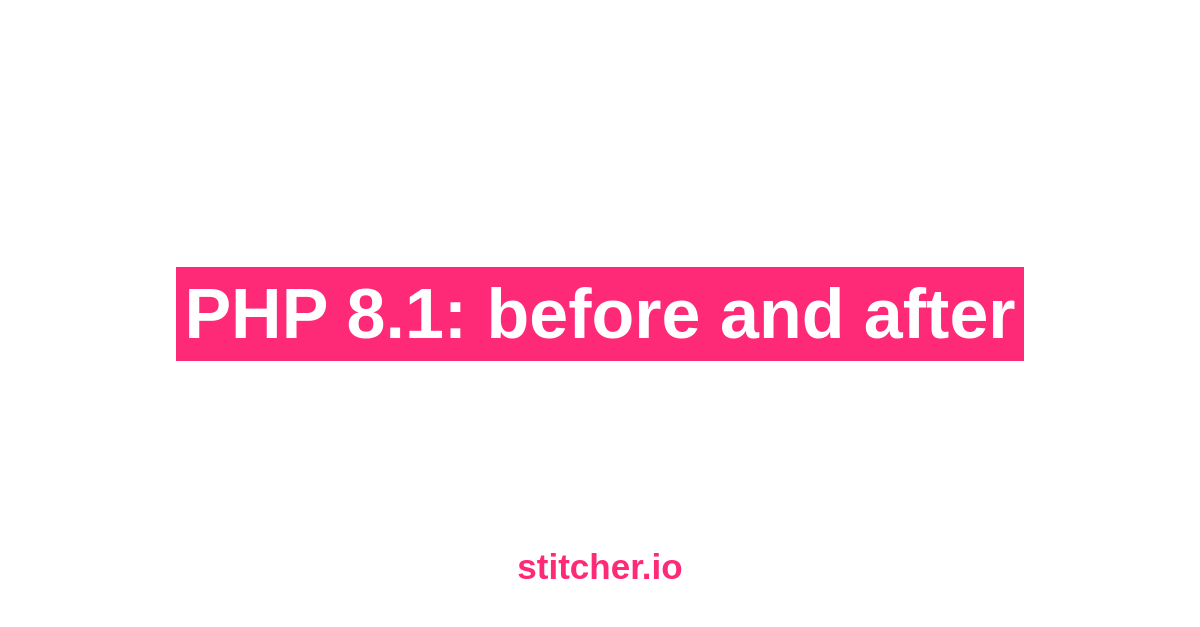The “Active Enum” Pattern
For those of you having a generally positive experience organizing your discrete values with enums, it may seem odd to call this an “antipattern”, so let me first make something clear: the path to a passive enum is going in the correct direction.
Typically - particularly in legacy code that predates Python 3.4 - one begins with a value that is a bare int constant, or maybe a str with some associated values sitting beside in a few global dicts.
Starting from there, collecting all of your values into an enum at all is a great first step. Having an explicit listing of all valid values and verifying against them is great.
You may recognize this as a more generalized restatement of the object-oriented lens on the principle of “separation of concerns”. The responsibilities of a class ought to be implemented as methods on that class, so that you can send messages to that class via method calls, and it’s up to the class internally to implement things. Enums are no different.
More specifically, you might notice it as a riff on the Active Nothing pattern described in this excellent talk by Sandi Metz, and, yeah, it’s the same thing.










/cdn.vox-cdn.com/uploads/chorus_asset/file/25825427/2192342441.jpg)













